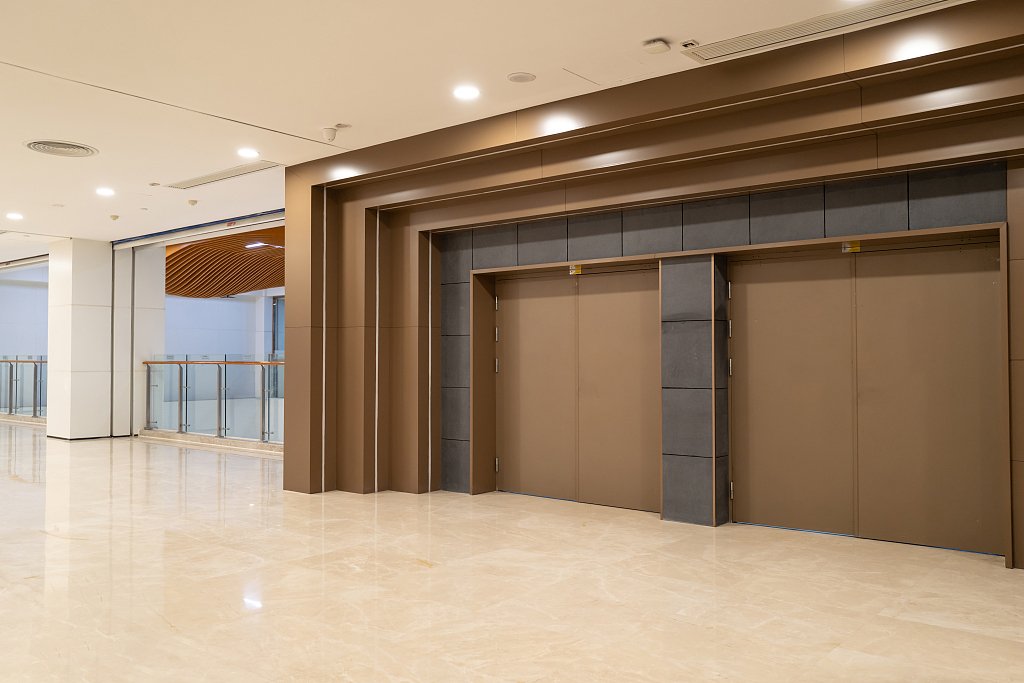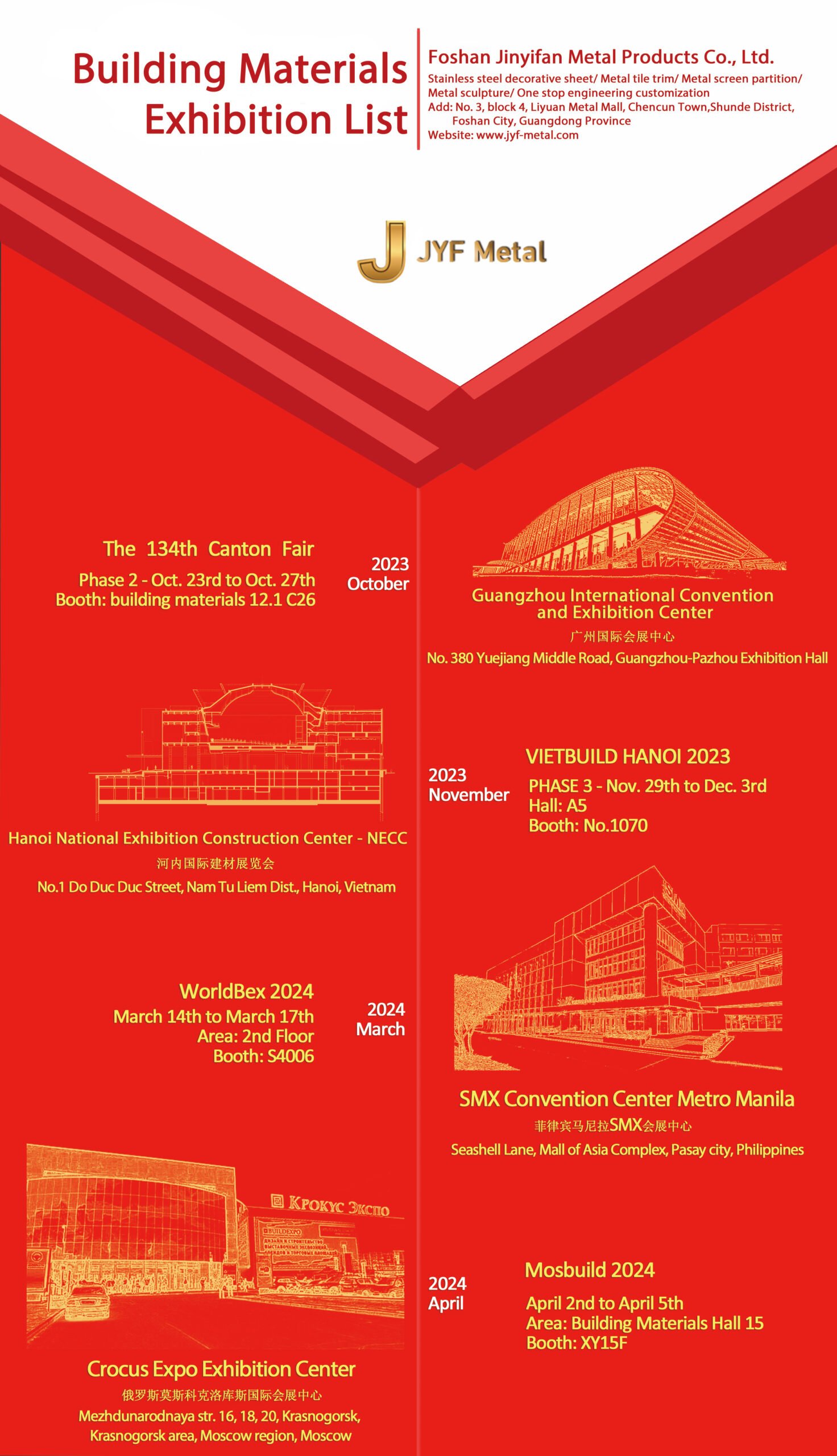Fusing Metal and Style in Interior Design
Table of Contents
As the building decoration industry progresses rapidly, the significance of materials in interior decoration has become more pronounced, reflecting the evolving demands and preferences of designers and clients alike. This shift is marked by a keen focus on material selection in interior design, a critical factor in achieving varied stylistic effects and adhering to quality requirements. This scenario has led to the innovation and adoption of new materials, with metal emerging as a standout due to its distinct color and texture.
Its use in modern and industrial design is increasingly prominent, highlighting metal’s key role in defining style and detailing in design projects. This document delves into the characteristics and classifications of metal materials, dividing them into groups like common and precious metals, based on material scarcity and pricing, and into forms such as profiles and sheets for diverse applications such as decorative features, balustrades, dividers, ceiling designs, and external facades.
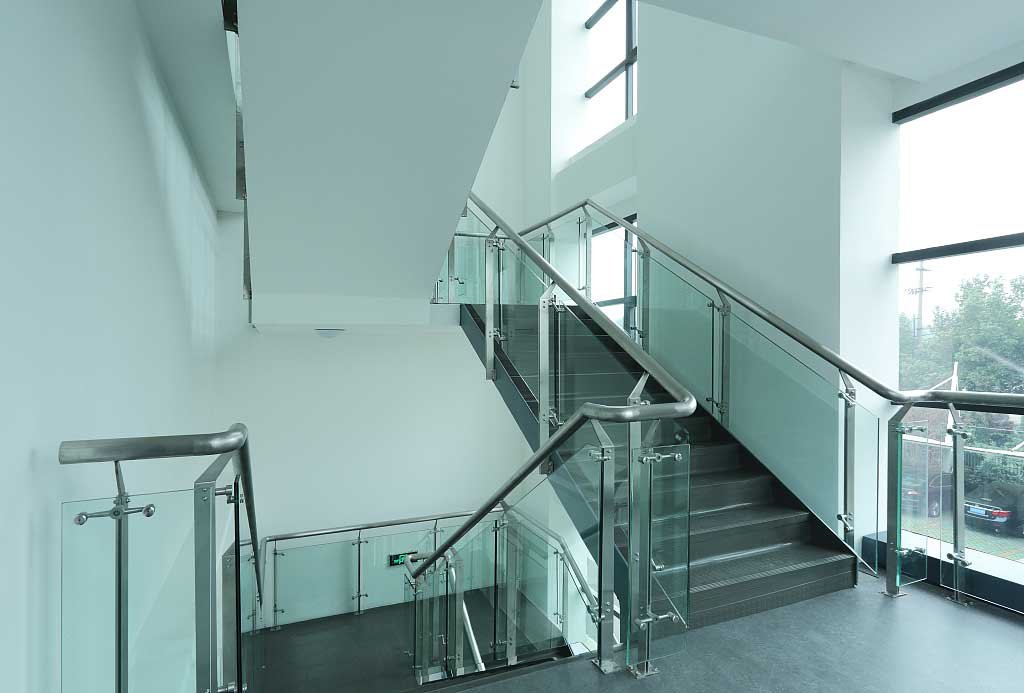
The application of metal in design not only showcases stylistic expression but also facilitates a clearer articulation of design concepts, given its unique material properties. Furthermore, the detailed finishing using metal can elevate the overall craftsmanship of the design. However, the extensive use of metal, especially precious varieties, significantly affects project costs. Hence, cost-effectiveness is key, attainable by replicating premium materials with ordinary metals through modern techniques and substituting expensive materials, alongside using cost-efficient methods like technological bending to create the illusion of thicker materials.
Types and Characteristics of Metal Materials in Interior Decoration
Varieties and Properties of Metal Decorative Materials in Interior Spaces
Metal, with its pliability, malleability, and distinct texture, has become increasingly popular in interior design as a decorative element. Currently, the use of metallic materials for decoration primarily falls into several categories, distinguished by material accessibility and cost.
These are broadly classified into standard metals and precious metals. Standard metals typically include steel, aluminum, alloys, and composite metal materials, while precious metals encompass copper, silver, gold, and other rare metals. These materials are further categorized based on their application and shape into profiled and sheet materials. Profiled materials, characterized by their unique shape and dimensions, include various forms like square metal tubes, round steel tubes, L-angle steel, and T-shaped metals. Sheet materials are defined by their thickness and include options like stainless steel sheet, art rust sheets, aluminum, and copper plates. Additionally, a special class of materials, defined by their scarcity and technical applications, includes less common and precious metals like gold foil, silver foil, gold powder, and superconductive materials.

Summarizing these materials’ characteristics, they can be divided into two main aspects. The first aspect highlights the metal’s innate lustrous color and texture, along with its ductility, allowing designers to create visually striking effects. The second aspect focuses on the physical attributes of metals, such as structural stability and durability. Examples include aluminum and stainless steel, which can mimic natural materials while maintaining reliability to support heavier loads. These metals serve not only a decorative purpose but also offer robust structural support, showcasing a blend of aesthetic appeal and functional stability.
Implementing Metal Decorative Elements in Interior Design
The manifestation of an interior design style and the intricacies of its details are largely conveyed through materials and design techniques. In the realm of interior design, the principal techniques for utilizing metal materials revolve around crafting profiles and detailing sheets. Initially, the focus is on decorating profiles through various techniques like overstamping, embossing, and twisting to create decorative elements. These are primarily used for staircase railings, balcony balustrades, entrance screens, wall molding, window adornments, and decorative lines on furniture.
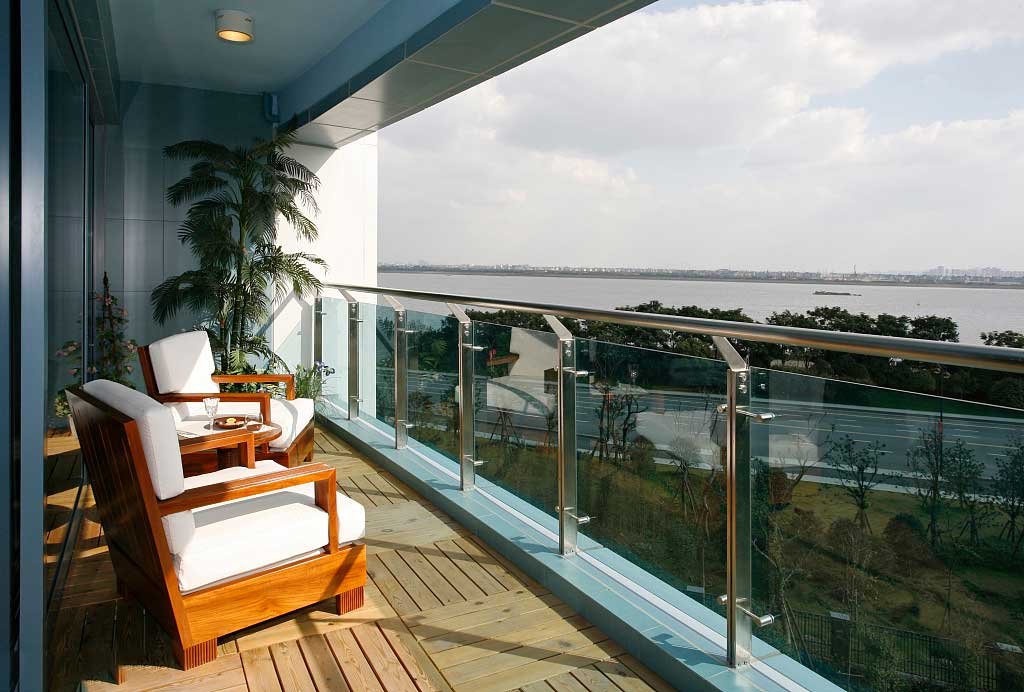
Regarding sheet decoration, which is prevalent, the typical thicknesses of metal sheets used are 0.6 mm, 0.8 mm, 1.2 mm, 1.5 mm, and 3 mm. For optimal surface effects, sheets ranging from 0.6 mm to 1.2 mm are preferred due to their ideal thickness for surface processing and reduced risk.
The physical treatment of these sheets involves stamping to create patterns and designs, predominantly for wall and floor embellishments. Carving and cutting are employed to produce distinctive patterns and elements, mainly for decorating entrance screens, partition models, balcony balustrade molds, equipment vent designs, and hollow elements in feature walls. Another approach involves the use of smelted and chemically treated alloy plates, like stainless steel, decorative aluminum, and copper oxide plates. These materials are extensively used in interior design for decorating door frames, skirting, columns, doors, wall moldings, ceilings, and elevator interiors.
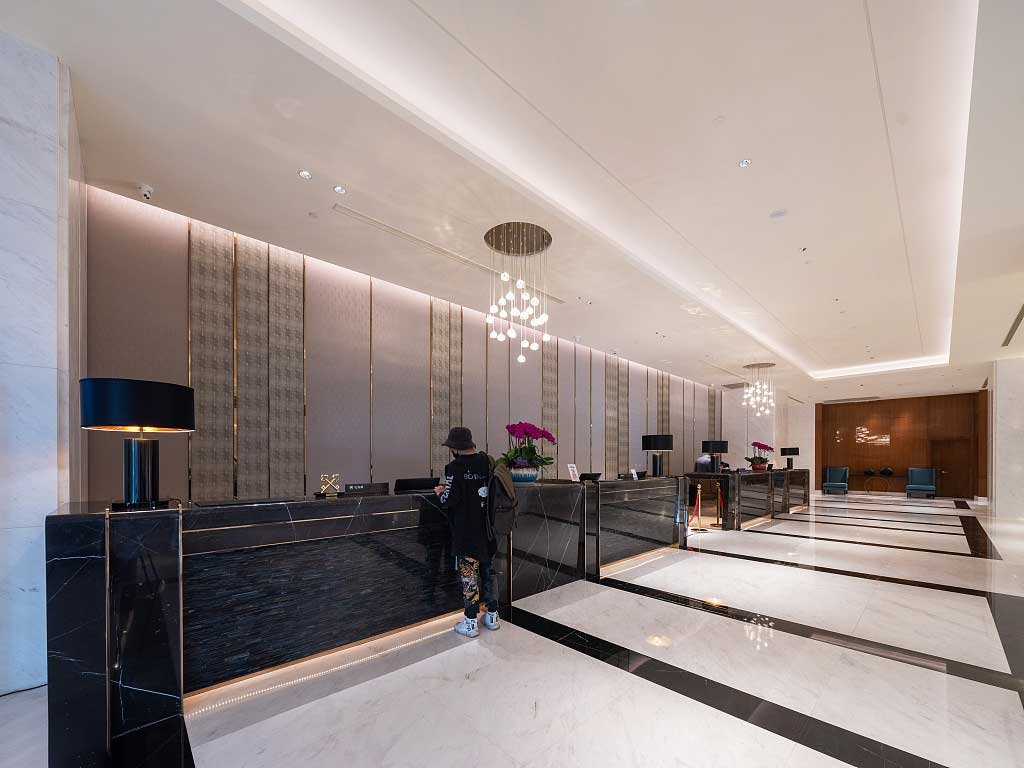
Lastly, the application of precious metals through physical and chemical treatments creates luxurious decorative elements. These include gold powder gilding, gold foil applications on ceilings, and silver foil designs, providing an opulent finish to the interior space.
Application of Metal Material Decoration in Design Representation
Metal in Design Language
Metal decorative materials play a pivotal role in defining design styles. Their prominence began after the Second Industrial Revolution when metals first emerged as key architectural decorative materials. Influenced by the Bauhaus school of design, the usage of metallic materials in interior design has progressively increased. This surge, furthered by advancements from the high-tech movement and refined craftsmanship, enabled metal materials to be extensively employed in indoor design elements, primarily showcased through decorative lines, railing components, and furniture fitting designs.
In modern and industrial design styles, particularly in modern aesthetics, the use of metal materials has become a hallmark of style. These materials are primarily used to define the overall shape and theme of a design. For instance, residential backdrops often feature large areas adorned with copper oxide or colored stainless steel, articulating a modern design language. The application of metal in lines and details, such as in walls, floors, and ceilings, also reflects this contemporary style.
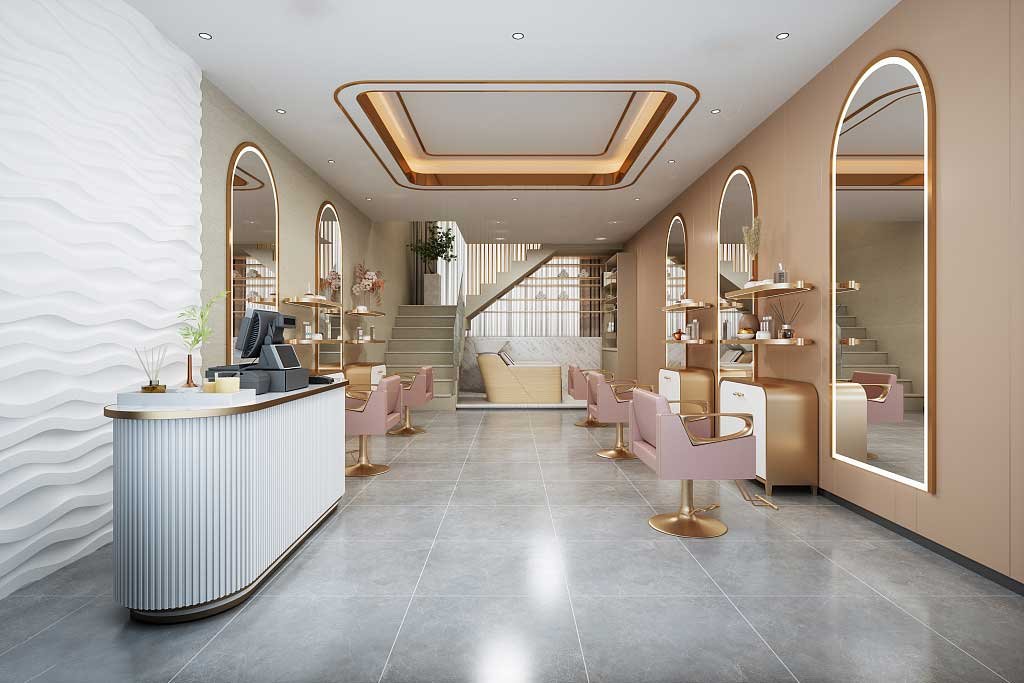
In public buildings, the use of metal materials is notably significant, especially in public spaces. Examples include the office lobby of the Poly Building, where large metal background walls and aluminum plate ceilings are used to create distinct design statements. Similarly, the overall ambiance of Beijing Capital International Airport is defined by metal materials, perfectly capturing the essence of modern style. The rise of the industrial design trend in recent years has further emphasized this, with almost all design elements being interpreted through metal materials, underscoring their versatility and impact in interior design.
Impact of Metal Decoration Material Quality on Design Details
In interior decoration design, achieving a high-quality overall effect is intrinsically linked to the finesse in detail treatment. This quality of detail is particularly evident in the closure and modeling of overlapping elements.
The interplay between different materials is where metal stands out due to its unique color and texture. It enhances the intersection of various materials, offering a superior sense of quality. For instance, the use of metal as an edging material where wood flooring meets stone, or in multi-stone mosaics, exemplifies this perfect execution of detail.
Metal, as a finishing material, is ideally suited for the precise closure of overlapping different materials. In scenarios where the design involves splitting the same material, such as in skin-hard bag splicing, a lack of a contrasting material for the edges can lead to a disjointed, unrefined appearance. However, incorporating metal as an edge material elevates the overall sense of quality and attention to detail, owing to its high-reflective stability and texture.
Furthermore, advancements in forming technology have enabled metal sheets with a thickness of 3mm or less to be seamlessly bent and welded. This innovation allows for more complex shapes and ensures superior quality in the final product, further highlighting metal’s integral role in enhancing the quality of design details.
Cost Management of Metal Decorative Materials
In interior design, achieving a high-quality effect often involves the use of precious metal elements for decorative purposes, such as large-scale metal installations. However, utilizing precious metals significantly increases costs. Therefore, balancing the desire for quality with cost management is crucial in decorative design. Effectively controlling costs while achieving desired outcomes requires a strategic approach to using precious metal materials.
Recent advancements in the production and processing industries have enabled common metal materials to be chemically and physically treated to mimic the finish and quality of precious metals. For instance, the appearance and decorative effect of copper oxide or color copper plates can be replicated using deeply processed stainless steel, circumventing the original copper plate’s poorer anti-corrosion properties.
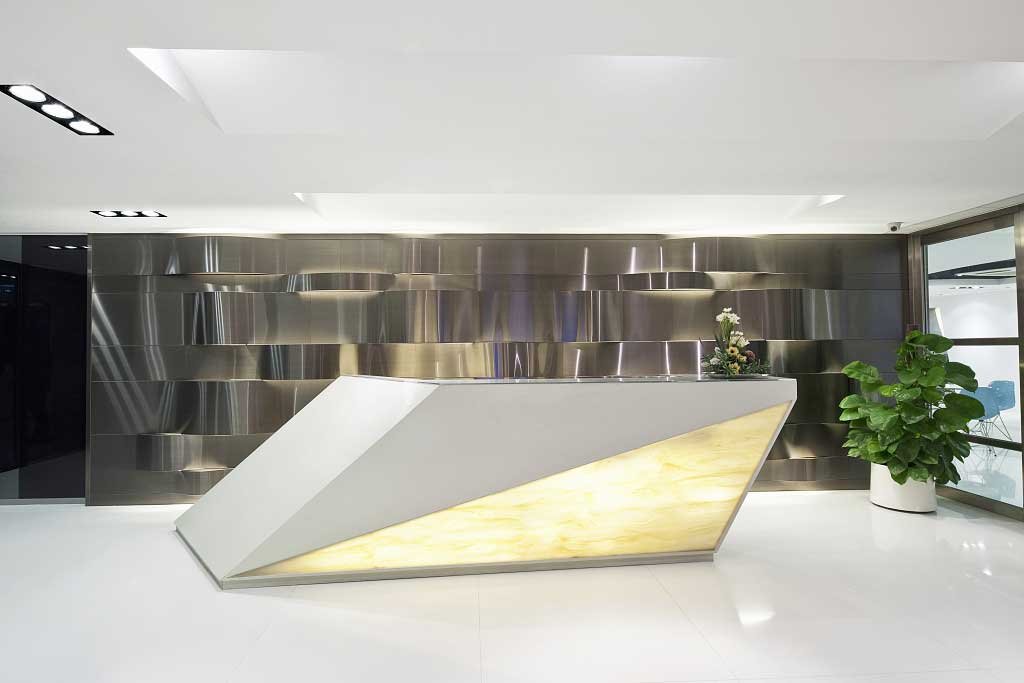
Cost control is not limited to material substitution. It can also be achieved through strategic choices in the processing of profiles. For example, choosing between a 5mm thick plate or a 10mm thick plate depends on the functional requirements. If load-bearing is not a concern, thinner plates of 0.8-1.2 mm thickness can be used for bending and welding, offering a cost-effective alternative without compromising on the design’s aesthetic or structural integrity. This approach enables designers to maintain high-quality visual effects while adhering to budget constraints.
In Conclusion
In summary, a comprehensive analysis of the characteristics and types of metal materials sheds light on their significance in interior design. The utilization and meticulous management of metal materials are crucial in enhancing both the stylistic elements and the fine details of interior design. Metal materials notably influence design styles, particularly in modern and industrial aesthetics, where their usage is increasingly predominant.
Beyond their role in defining design styles, metals are instrumental in elevating the quality of design details, especially in the finishing touches. The application of metal in closing rings or edges ensures a more polished and refined quality in the overall design. However, the extensive use of metal, particularly precious metals, can escalate costs. To mitigate this, designers can replicate the effects of precious metals using treated common metals, achieving the desired aesthetic while maintaining cost-effectiveness. This approach, combined with process treatments, allows for a balance between high-quality design outcomes and budgetary constraints, highlighting the versatility and adaptability of metal materials in interior design.
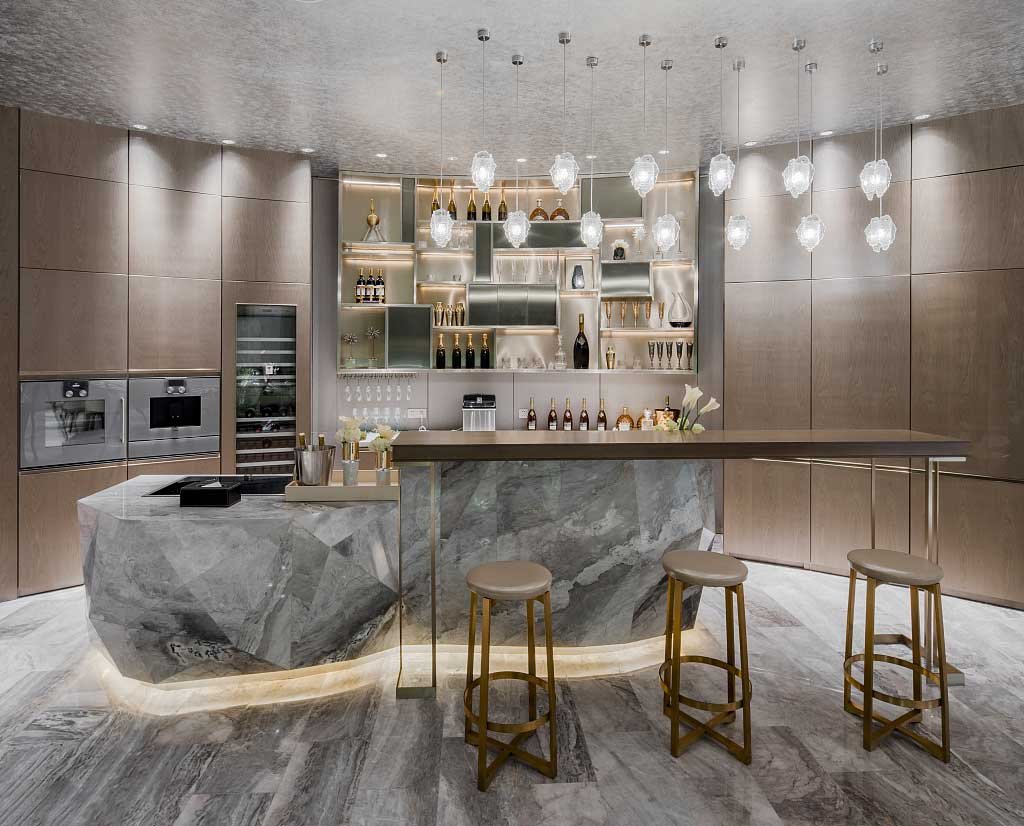
You Might Also Like
Please Share This
Follow Us On Twitter
On-site Installation of Stainless Steel Screen Partition
Precision-made. Professionally installed.
Transforming spaces with durable, elegant metal dividers.
📮DM us for custom design and project support.
#interiordecoration #metalpartition #roomdivider #sheetmetalfab
Café Design | A Sensory Collision of Metal and Coffee
This design is from BOUNDLESS SPACE DESIGN OFFICE
If you are interested in stainless steel decorative materials, please contact me for a quote !
Email: claire@jyfmetal.com
#interiordecoration #decorativematerials #metallic
Stainless Steel Fluted Panels & Skirting Boards
Clean lines, large size, premium finish — perfect for luxury interiors.
Custom colors, surface treatments, and dimensions available.
📩 DM us for catalogs or project solutions.
#flutedpanels #metalskirting


